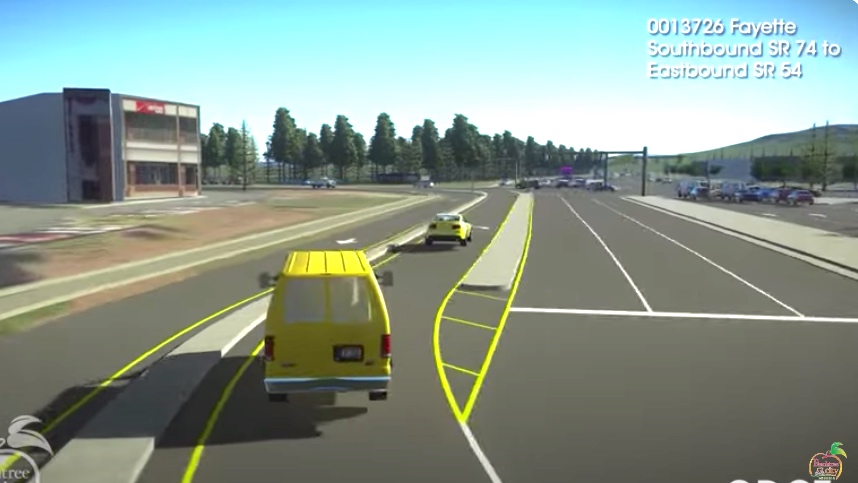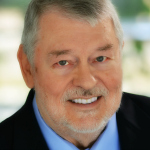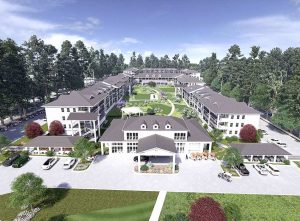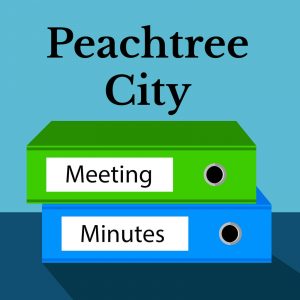Council says no to car wash rezoning, keeps 2 eastside annexations alive —
The state expects to let contracts for overhauling the intersection of Ga. highways 54 and 74 by the end of this calendar year, Mayor Kim Learnard reported this week after meeting with Georgia Department of Transportation officials in Peachtree City.
“GDOT is paying for this [work] and I expect construction to begin in spring of 2024,” Mayor Learnard said, “and GDOT shared that they expected this to be a 30-month project.” That would put completion of the reconstructed intersection sometime in 2026.
The redesigned junction is called a displaced left turn intersection, Learnard said in her weekly video report, and will feature longer left-turn lanes going north and south on Hwy. 74, she said. The design is expected to move more traffic through the city’s busiest intersection more quickly, she said.
Meanwhile the City Council voted last week to continue consideration of two eastside annexation proposals to allow for more homes to be built near the new J.C. Booth Middle School.
The 52-acre million-dollar home development will get a rehearing before the city’s Planning Commission for consideration of a revised traffic pattern that focuses on Spear Road. The vote to send it back to the planning commission was 3-to-2. The mayor and council members Phil Prebor and Mike King voted to re-hear the proposal, and council members Frank Destadio and Clint Howard vote against it.
Another annexation proposal of 11.3 acres behind the Shiloh Mobile Home Park for a residential subdivision got a green light for moving to step two, meaning a full examination by city staff. It will come back to the council after that.
The council gave a unanimous negative vote to rezoning two office parcels on Hwy. 54 East adjacent to Sumner Road from Office to General Commercial. Neighbors and the council said the plan to build a high volume car wash in place of the two repurposed houses did not belong in that location.











Leave a Comment
You must be logged in to post a comment.